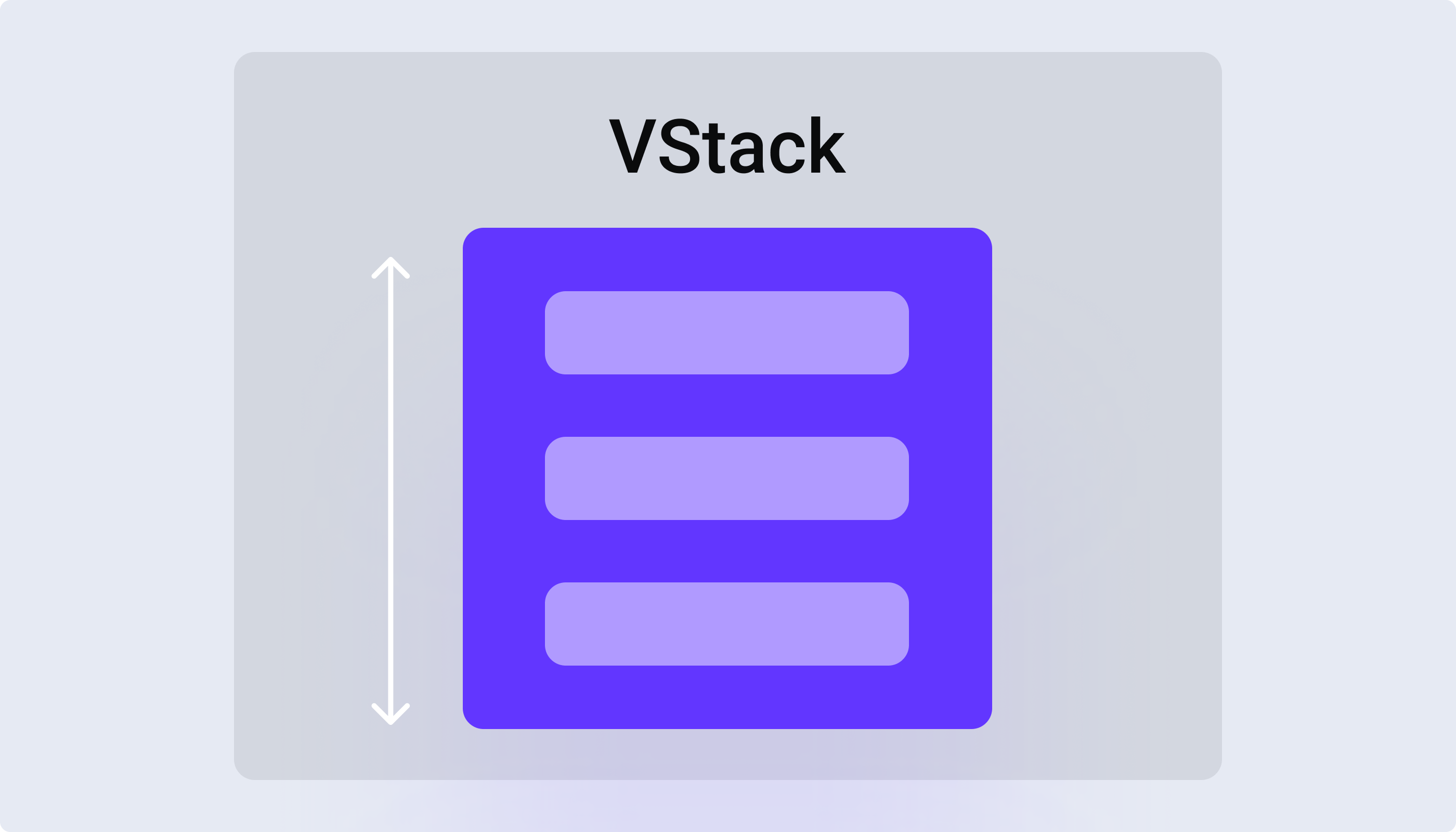

Here’s the code snippet of how we configure. Our main objective so far is to change the colour while the user is pressing on the cell.

We can use this to tell the background of our footer to extend to the edge of the screen. Well, the reason is because of the Configuration.isPressed. Thanks to Matthias for pointing it out.ĮdgesIgnoringSafeArea is a modifier that lets a view ignore the safe areas. SwiftUi behaviour has changed a bit since the first releases. Luckily SwiftUi gives us the tools we need to accomplish this. What you need is a combination of both things. In this vstack in numpy array example, we are stacking two numpy arrays vertically. Syntax: numpy.vstack((arraydata1, arraydata2)) where, arraydata1 is the first numpy input array arraydata2 is the second numpy input array Example: vstack in numpy array. If you fully respect the safe area you will see a different colored background behind the home indicator. We can make a vertical stacking using vstack() method or vstack in numpy. If you expand your container to the edge, your content will be behind the home indicator. Implementing this is not as straightforward as it may seem. You can see it in action in any UITabBar: The difficulty with this design is that you want your content to respect the safe area, but also you want a background that extends to the edge of the screen. One of the most common design patterns that has to deal with the bottom safe area is having a call to action inside a footer on your screen. It unified a bunch of layout ideas into a single API and allowed us to make our UIs adapt to new phones with weird shapes. The safe area is one of the most relevant changes in the UI paradigm of iOS in the recent years. 10, id: \.Subscribe to my channel to be notified when new videos about SwiftUI are released. Hello guys I started this channel talking about stacks in SwiftUI, today we will talk about another stack: LazyVStack. Here are the initializers: public struct LazyVStack: View įorEach( 1. One is a grid, and the other is a line (or, dare I say, a column). the first half varies slightly: LazyVStack arranges its children in a line that grows vertically, while LazyVGrid arranges its children in a grid that grows vertically.the second half of the definitions is an exact match, word for word.LazyVGrid: A container view that arranges its child views in a grid that grows vertically, creating items only as needed.LazyVStack: A view that arranges its children in a line that grows vertically, creating items only as needed.The following definitions come from the official documentation:

We will focus on the vertical variant of these views: the same concepts are equivalent to the horizontal ones. In this article, let's compare lazy stacks with their counterpart, lazy grids. You certainly wouldn't repeat history, would you? Especially if the list scrolls slow and sometimes even without scrolling. Example Code -> Scroll the List and click e.g. Image having this knowledge and being responsible for building a brand new UI framework. When you have a VStack with a View and a LazyVStack and scroll though the list, sometimes the buttons will trigger even through the top view above the LazyVStack. This discovery made me think of two articles from the great PSPDFKit blog, highlighting how Apple is moving away from table views and going all-in with collections: On the other hand, HStack groups two Text () views, Agile and Unstoppable, in left-to. ContentView.swift // LazyVStackIssue // Created by Vishwanath. This is the result: As you can see, VStack arranges the Text (), HStack, and Zstack as a top-to-bottom list. LazyVStack not refreshing content size correctly for child list container view in SwiftUI. Each of them have views inside, like Text () and Image (). In doing so, I've noticed something that I missed before: lazy stacks initializers offer a pinnedViews parameter, which is suspiciously identical to what lazy grids offer. In the example below, you will see a combination of VStack, HStack, and ZStack. These components are used in a similar way to regular HStack and VStack components but. SeptemFederico Zanetello couple of weeks ago, I updated AStack, a micro-library that switches any SwiftUI stack axis when the environment content size category is among the accessibility ones. SwiftUI 2.0 introduced the LazyHStack and LazyVStack components.


 0 kommentar(er)
0 kommentar(er)
